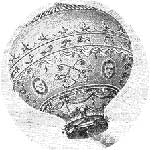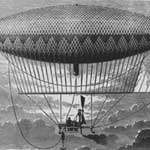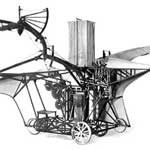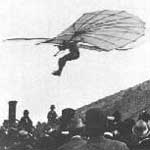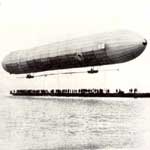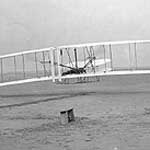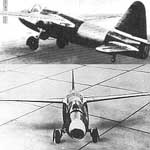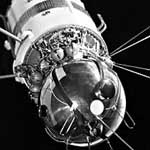|
First Powdered Flight - Plane Truth
Sir - The caption of your Commentary picture (Nature 421, 15; 2003) suggests that Orville Wright made the first powered flight in 1903. This is not true, although Heilbron's and Bynum's text, on the previous page, was correct. The Wright brothers - influenced by the non-powered gliders of Otto Lilienthal, who flew more than 300 m in 1894 - were the first to achieve the important conjunction of four criteria with their 260-m flight: it was manned, powered, heavier-than-air and (to some degree) controlled. Earlier pioneers set records by meeting some of these criteria. In 1890 Clément Ader made the first manned, powered, heavier-than-air flight, of 50 m, in his bat-winged monoplane. Henri Giffard's steam-powered airship covered 27 km on the first manned and powered flight, in 1852. Balloonists Jean-François Pilâtre de Rozier and François d'Arlandes were, in 1783, the first men to fly. And if they were as fashionably bewigged as the occasion demanded, their 9-km ride must also have been the first manned, powdered flight.
Jürgen Schmidhuber
The first powered, controlled, sustained flight took place 50 years before the Wright brothers, in 1852 (Henri Giffard flew 15 miles with a steam engine mounted on a dirigible). He went nearly 100 times as far as the Wright brothers did. The Zeppelins were powered as well, of course, but the first powered heavier-than-air flight took place in 1890 (Clement Ader, steam engine on bat-winged monoplane, 60 yards). The Wrights' 1903 flight (300 yards) was the first photographed heavier-than-air flight. [Correction: not quite true; there exist photos of Lilienthal's non-powered heavier-than-air flights in the 1890s; error inserted by Newsweek editors.] After the advent of relatively light combustion engines (such as Benz, Otto, Diesel), other pioneers pursued similar approaches, but no photographs were taken by Richard Pearse (New Zealand, March 1903) and Karl Jatho (August 1903). Finally, the Wrights needed headwinds or catapults to start their planes, so they were not fully self-powered. But Brazil's Santos-Dumont was (1906, first official airplane flight). Jürgen Schmidhuber, Lugano, Switzerland |
||||||||||||||||||||||||||||||||||||||||
|
(includes information sent to me after publication of the Nature letter above; corrections welcome!) |
||||||||||||||||||||||||||||||||||||||||
|
||||||||||||||||||||||||||||||||||||||||

| ||||||||||||||||||||||||||||||||||||||||
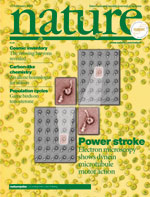 The letter below was announced as
`Plane truth'
in Nature 421 (February 2003, page iii) and published
under the title
`Flying into history'
on page 689.
Copyright notice:
The letter below was announced as
`Plane truth'
in Nature 421 (February 2003, page iii) and published
under the title
`Flying into history'
on page 689.
Copyright notice:
 A related letter appeared in Newsweek (Nov 24, 2003, p 18;
powered flights long before the Wright brothers):
A related letter appeared in Newsweek (Nov 24, 2003, p 18;
powered flights long before the Wright brothers):


